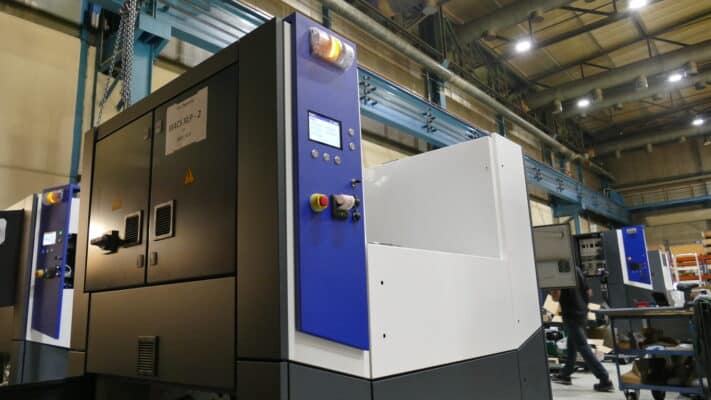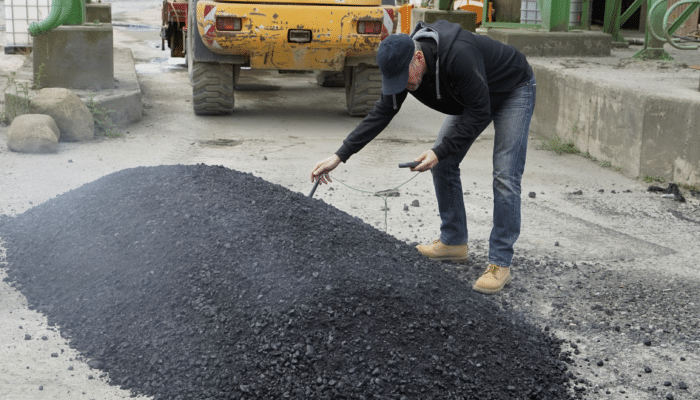
Biofabrik and ERMAFA: Scalable Solutions for Infectious Waste
Discover the synergy of Biofabrik and ERMAFA in the revolutionary WASTX Cleanic powered by MACS – a leap forward in sustainable infectious waste disposal.
The production of bitumen, the binder in asphalt, generates more than 30 megatons of CO2 per year. By reverse engineering the classical bitumen components and replacing them with natural resources, one of the largest sources of CO2 turns into one of the largest CO2 sinks.
Known from:




The production of bitumen, the binder in asphalt, generates more than 30 megatons of CO2 per year. By reverse engineering the classical bitumen components and replacing them with natural resources, one of the largest sources of CO2 turns into one of the largest CO2 sinks.
Thanks to the instant biotumen technology, bitumen production becomes independent from oil refineries.
Not just that the Bitumen production is one of world’s largest emitters of CO2, conventional bitumen must also be kept hot during transportation and storage within the radius of the refineries. For longer distances, oil drums are used, which often end up as hazardous waste in huge landfills.
The Biotumen production takes place in situ in the mixing drum and at lower temperatures.
The ratio of asphaltenes and maltenes can be set precisely to the intended penetration or softening point.
Biotumen opens up a wide range of possibilities to help classical industries reduces their CO2 footprint and create longer-lasting products. Here are the most common use cases:
Humanity builds and repairs 36 million kilometers of roads – every year. On top of that comes countless parking lots, public squares and private driveways. With Biotumen all these areas suddenly become CO2 sinks.


Another common use for bitumen is sealing of flat roofs on large office and residential buildings or big factory halls as bitumen is weather-resistant, waterproof and easy to work with.
While you probably have guessed road building or roofing, it’s lesser known that also industrial applications like cars or dishwashers bitumen is used – usually as an insulating and sound-deadening material.

Test kits are available in pre-made packages containing 4 kg asphaltenes and 4 kg maltenes:
The organic fertilizer Blattwerk is available on Amazon, Bloomling and soon in our own store. You can get more information here.
In addition to fresh pasture grass, dried grass, the Biorefinery can also process grass silage into a raw material containing amino acids.
In addition to minerals, the raw material contains carbonic and lactic acids as well as sugar.
One Biorefinery plant can process 10,000 tons of pasture grass annually.
The modular design of the system enables simple series connection and thus multiplication of the material input.
Our first plant is in continuous operation in Blizevedly near Prague. Further plants are planned for the future.
If you would like to learn more about plant purchase and financing, feel free to send us a personal message.
The product resulting from several digestion, filtration and concentration processes contains important amino acids as well as minerals, carbonic and lactic acids and sugars.
The output is used in the form of fertilizer in agriculture, but can also be used in the food industry.

Discover the synergy of Biofabrik and ERMAFA in the revolutionary WASTX Cleanic powered by MACS – a leap forward in sustainable infectious waste disposal.

Discover how Eagle Technologies and Biofabrik revolutionize plastic recycling with the WASTX Plastic pyrolysis plant for a greener future.

Discover eco-challenges in road construction with bitumen and the green alternative, BioBitumen, in an interview with Frank Albrecht from B2Square.